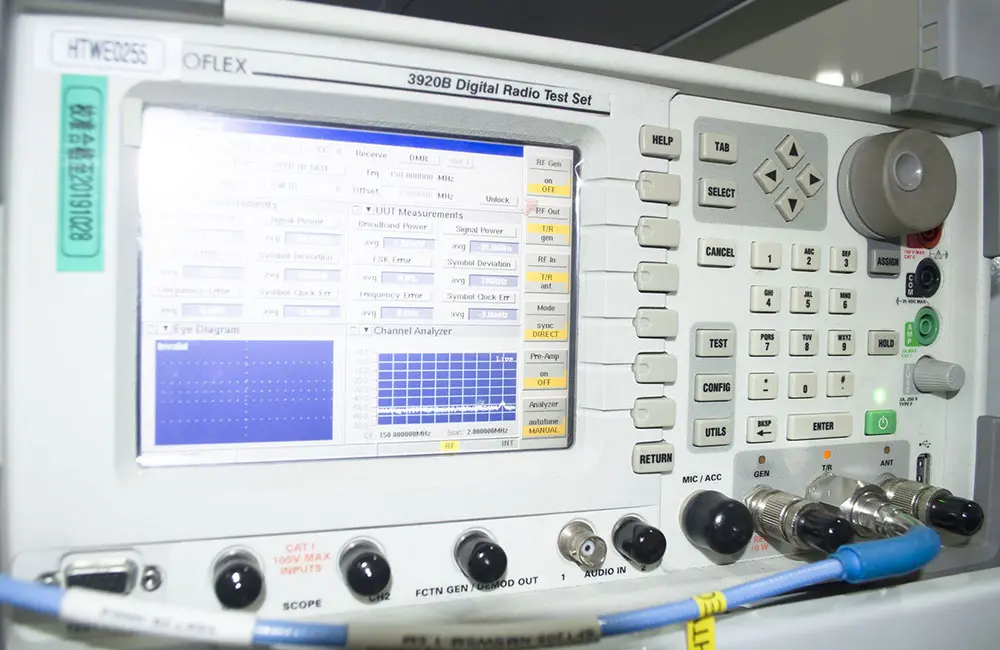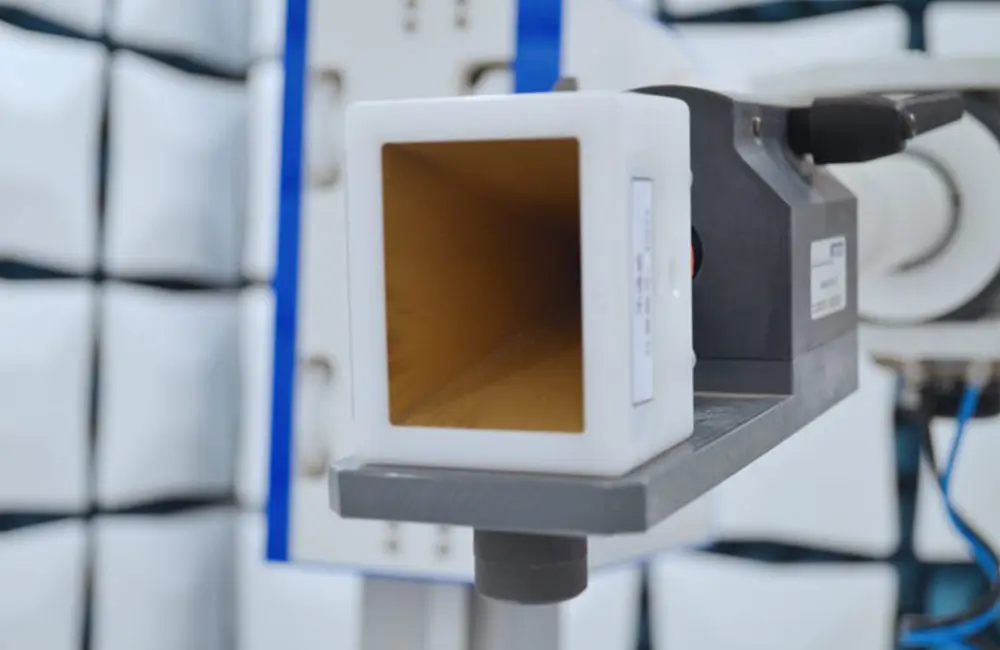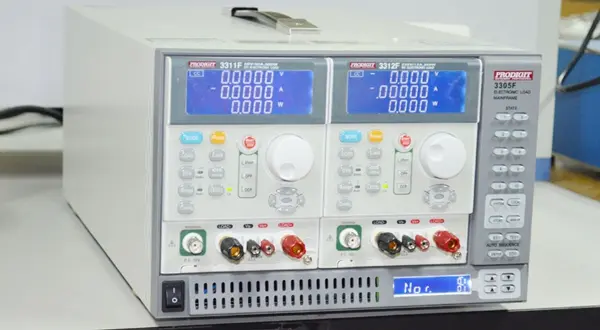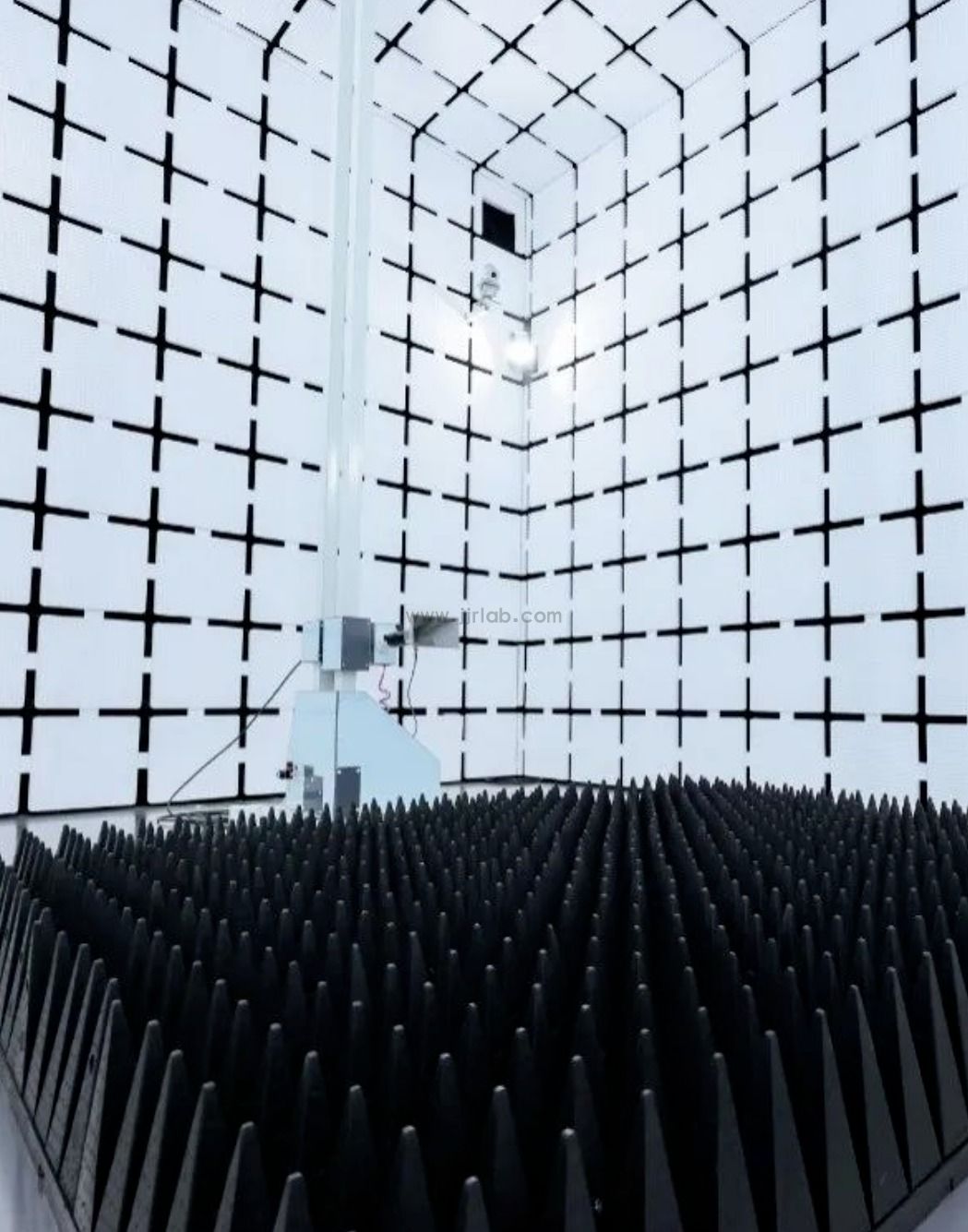
Which medical devices need FCC certification for the U.S. market?
FCC certification is a crucial requirement for electronic products entering the U.S. market, ensuring the safety and compliance of products.
FCC certification involves a series of processes including testing, evaluation, application, and review conducted by the Federal Communications Commission (FCC) for electronic products.
There are primarily three modes of FCC certification: Verification (self-verification), DoC (Declaration of Conformity), and Certification. Since November 2, 2017, DoC and Verification have been merged into sdoc (Supplier's Declaration of Conformity), simplifying the certification process.
The fcc certification process involves:
- Application submission: Manufacturers submit certification applications to the FCC along with relevant test reports and technical documents.
- Testing and evaluation: Devices are submitted to FCC-accREDited laboratories for testing and evaluation.
- Review: The FCC reviews certification applications to ensure devices meet FCC technical requirements and restrictions.
- Certification issuance: If devices pass the review, the FCC issues certification certificates and labels.
Benefits of FCC certification include:
- Legal sales: Products with FCC certification can be legally sold and used in the U.S. market.
- Increased credibility: FCC certification is an important proof of product quality and compliance, enhancing market competitiveness.
- Communication reliability: Ensuring the reliability of wireless communication products and reducing interference.
Medical devices requiring an fcc id to enter the U.S. market mainly include the following categories:
1. Medical devices with built-in wireless transmission functions, such as Bluetooth, WIFI, 2G, 3G, 4G, 5G, etc. These devices may include remote monitoring devices, wireless infusion pumps, portable ULtrasound, etc.
2. Industrial, scientific, and medical (ISM) equipment regulated by fcc part 18. Part 18 specifies the electromagnetic energy emissions of ISM equipment to avoid harmful interference with authorized wireless communication services. ISM equipment includes industrial heating equipment, medical diathermy equipment, ultrasound equipment, etc.
3. Consumer medical electrical equipment, such as home medical devices. For these products, FCC certification methods can be Declaration of Conformity (DoC) or Certification.
4. Industrial, scientific, and medical devices used by the general public. These products need fcc id certification and must display the fcc id number on the device.
5. Certain specific types of medical devices, such as radiofrequency lighting equipment, ultrasound equipment, etc., may need to meet FCC Part 18 requirements regarding radiation emissions and conducted emissions.
In summary, the main medical devices requiring an FCC ID include:
1. Medical devices with built-in wireless communication modules
2. ISM equipment regulated by Part 18
3. Consumer medical electrical equipment
4. Medical devices used by the general public
5. Specific types of medical devices, such as radiofrequency lighting equipment, ultrasound equipment, etc.
Before entering the U.S. market, these medical devices need to undergo testing and certification according to FCC requirements, obtain an FCC ID number, and display the corresponding identification on the product to ensure that their wireless emissions do not interfere with other wireless communication services.
Email:hello@jjrlab.com
Write your message here and send it to us
 LED Lighting EMC Testing Service
LED Lighting EMC Testing Service
 EU REACH Compliance Testing Services
EU REACH Compliance Testing Services
 Electronic and Electrical Reliability Testing Serv
Electronic and Electrical Reliability Testing Serv
 Electronic & Electrical Safety Compliance Test
Electronic & Electrical Safety Compliance Test
 Shenzhen Electronic Electromagnetic Compatibility
Shenzhen Electronic Electromagnetic Compatibility
 How to Test IP68 Rating
How to Test IP68 Rating
 Differences Between FDA and LFGB for Food Contact
Differences Between FDA and LFGB for Food Contact
 Process and Precautions for Amazon CPC Certificate
Process and Precautions for Amazon CPC Certificate
Leave us a message
24-hour online customer service at any time to respond, so that you worry!




